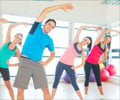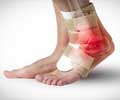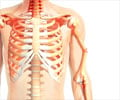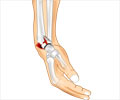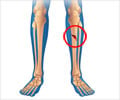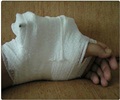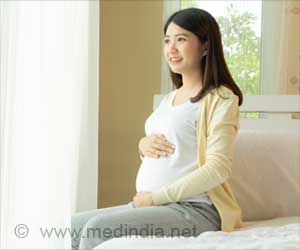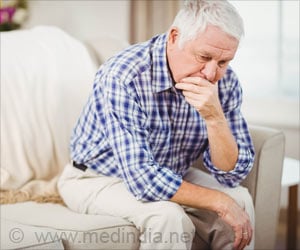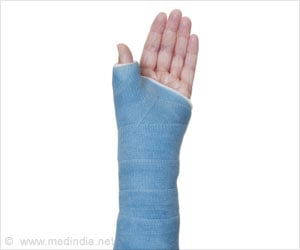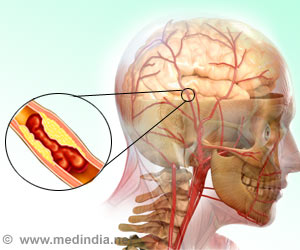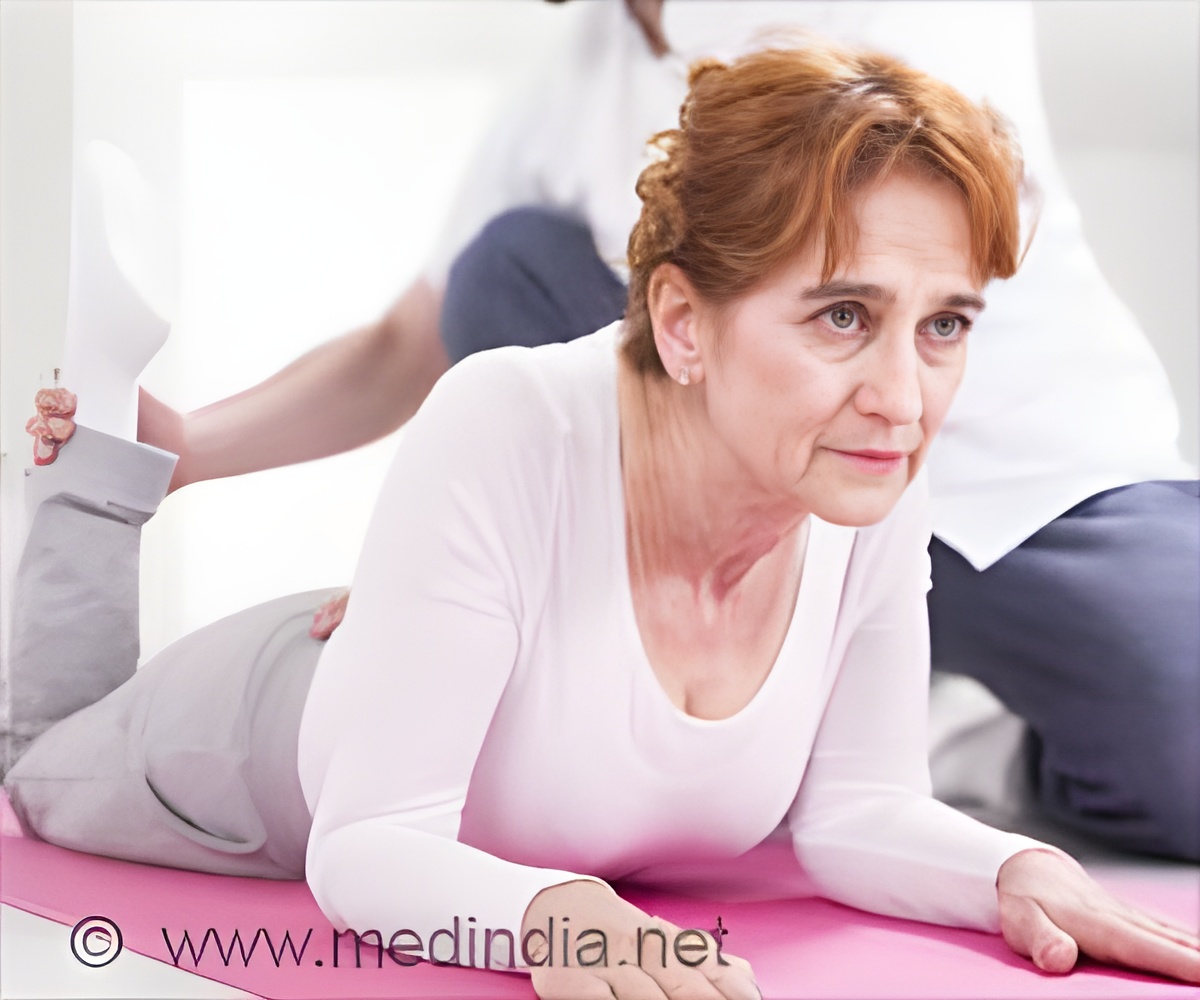
‘Fracture reduction is among the many positive attributes of regular physical activity in older women.’
Tweet it Now
The women who did the highest amount of physical activity -- which was approximately 35 minutes or more of daily recreational and household activities -- had an 18% lower risk of hip fracture and 6% lower risk of total fracture. The study is one more among several papers -- all using data from the Women's Health Initiative -- published by UB researchers within the past few years that highlights the health benefits of being active, even at levels that are lower than the current physical activity guidelines.
"Fracture is very common in postmenopausal women, and is associated with loss of independence, physical limitations and increased mortality," Wactawski-Wende said.
In fact, the researchers note, approximately 1.5 million fractures occur in U.S. women each year, creating $12.7 billion in health care costs. About 14% of these fractures are in the hip. Mortality after a hip fracture is as high as 20%.
"Modest activities, including walking, can significantly reduce the risk of fracture, which can, in turn, lower the risk of death," Wactawski-Wende said.
Advertisement
The research has important implications for public health, considering that these lighter intensity activities are common among older adults.
Advertisement
Source-Eurekalert

